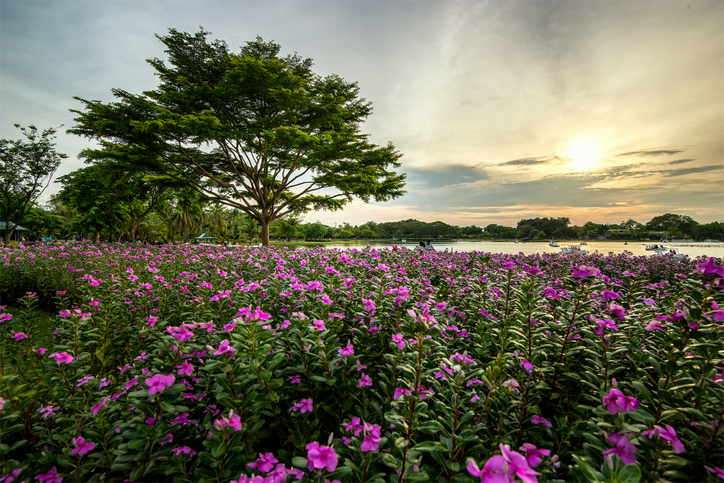Even in the era of artificial intelligence and synthetic biology, many biotechnology and pharmaceutical companies still rely on nature for many therapies. For example, synthetic biologist Nicola Patron, PhD, of the U.K.-based Earlham Institute, and her colleagues noted: “Monoterpene indole alkaloids (MIAs) are a diverse class of plant natural products that include a number of medicinally important compounds.”
One of the best-known MIAs is vinblastine, a plant-based chemotherapy that the US Food and Drug administration approved in 1965. This chemotherapeutic can be directly extracted from leaves of the Madagascar periwinkle plant (Catharanthus roseus), but that takes a lot of leaves, because only 0.00025% of their dry weight is vinblastine.
Sustainable alternative to plant-sourced routes
Instead of extracting vinblastine, it can be created from a combination of bioprocessing and chemical synthesis of its precursors, such as vindoline or tabersonine, which is a precursor of vindoline. Recently, chemical engineer Sumesh Sukumara, PhD, group leader in the sustainable innovation office at The Novo Nordisk Foundation Center for Biosustainability in Denmark, and his colleagues modeled the production of tabersonine from the yeast Saccharomyces cerevisiae, which is known for its use from baking bread to brewing beer. After economically analyzing this approach, Sukumara and his colleagues described it as “a sustainable alternative to plant-sourced routes.”
This is just one example of using bioprocessing to develop more environmentally friendly approaches to producing chemotherapies discovered in plants. Many more could be developed. As one example, a team of scientists based in Botswana and Canada reported that 23 plants “have been used for cancer management in Africa,” and “the anticancer extracts are usually prepared from barks, fruits, leaves, roots, and stems of these plants.”
Other continents or even just countries offer even more opportunities to turn from plant collecting to bioprocessing. In Peru alone, more than 1,000 plant species are used for medicinal purposes. So, finding new ways to bioprocess therapies instead of extracting them from plants is just getting started.



